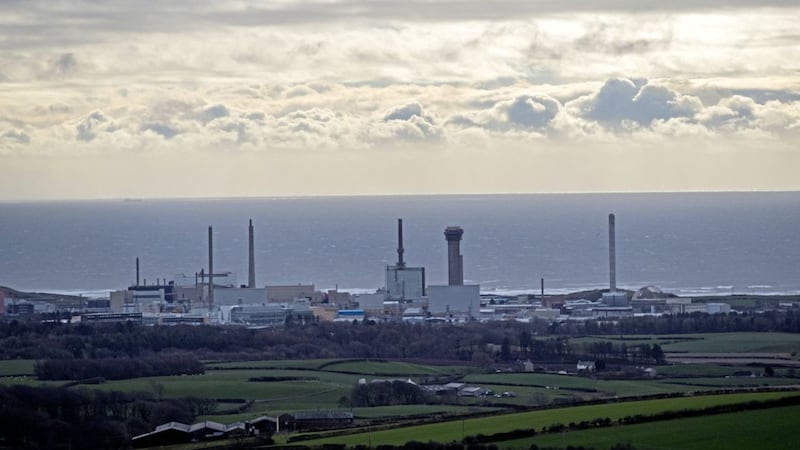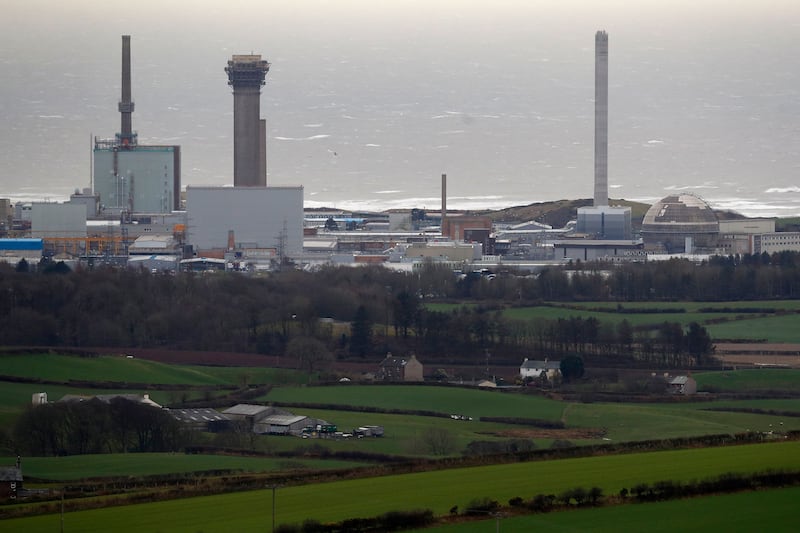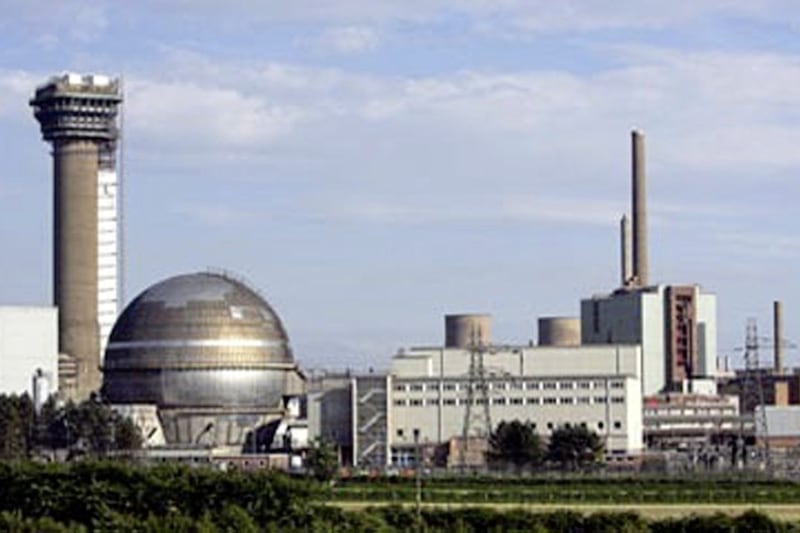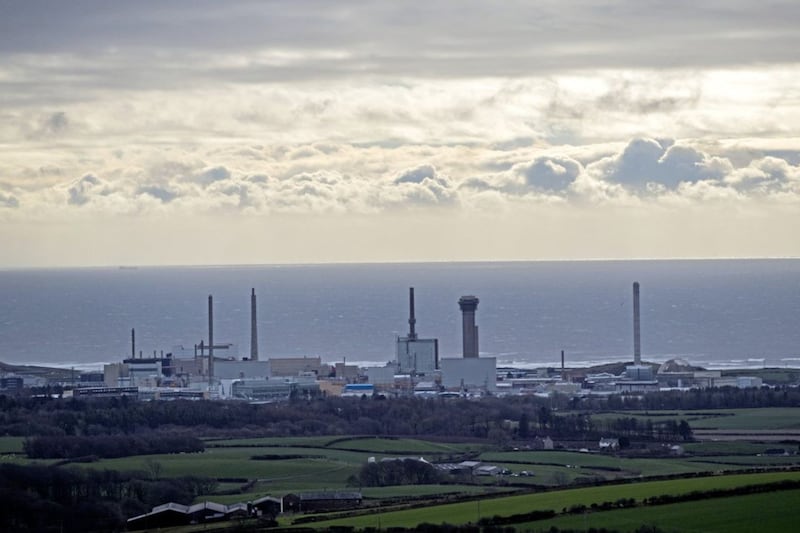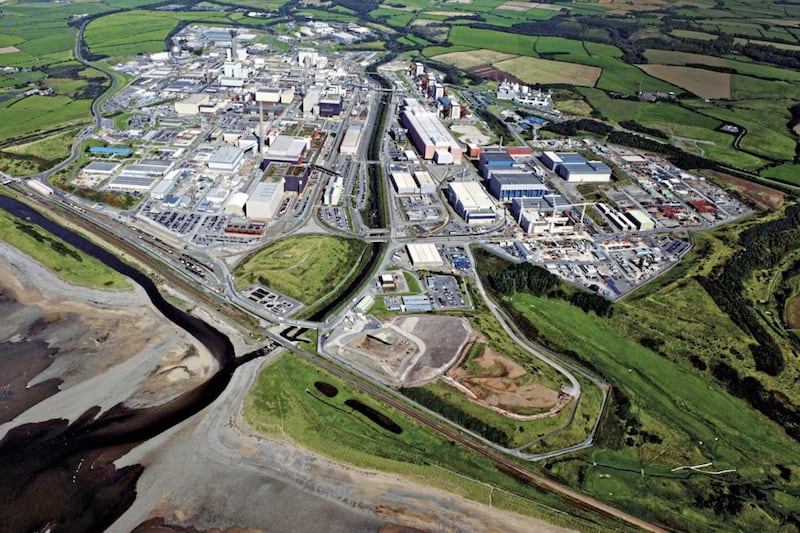Plutonium facilities at the Sellafield nuclear plant do not meet high standards, a watchdog has found.
However, work to improve safety and security at the site in north-west England has progressed well during the year, the Office for Nuclear Regulation (ONR) said.
A small number of incidents were recorded, including one case where an operator received radioactive contamination to the hand.
Last year, a report from the Irish Republic's Environmental Protection Agency (EPA) found a serious accident at the plant would lead to people there receiving twice the annual average dose of radiation but would not cause evacuations.
The Office for Nuclear Regulation (ONR) said: "The Analytical Services and Plutonium Facilities (North) have attracted a significantly enhanced attention level as they do not meet the high standards expected from nuclear facilities.
"This attention level reflects the nature of the hazard, the magnitude of the risks associated with the complex and the critical role these facilities play in support of Sellafield's and the UK's hazard and risk reduction programmes."
Firefighters at the site are to go on strike for the first time later this month after last-ditch talks over pay broke down.
The discharge of low level liquid wastes from the Sellafield site is the most significant source of artificial radioactivity in the Irish marine environment, according to Ireland's environmental watchdog.
Sellafield is located across the Irish Sea on the Cumbrian coast and is approximately 112 miles (170km) from the north-east coast of Ireland.
The main activities at the plant include reprocessing of spent fuel from nuclear power reactors and storage of nuclear waste.
In its annual report, the ONR said a number of milestones had been reached there during the last year, including measures to regulate the removal of fuel from a storage pond.
Other improvements were completed earlier this year.
Sellafield welcomed ONR's acknowledgement of the unprecedented challenges and its significant progress in accelerating hazard and risk reduction in its legacy facilities.
However, in January an operator at the Magnox Reprocessing Plant received a dose of radiation breaching official limits.
It happened during sampling of a highly active material.
An ONR investigation is ongoing.
The operator reported to the Health Physics Surgery where contamination was found on one finger of his right hand and removed.
In February, an event occurred in the THORP complex on the Sellafield site in which an operator received a radiation dose above the limit.
It occurred during routine work to clean an alarm probe and involved a puncture wound through the operator's gloves.
An investigation is ongoing.
A Sellafield Ltd statement said: "The decommissioning programme at Sellafield is one of the most challenging in the world so it's no surprise that ONR places us so highly on its priority list for regulatory attention.
"We are delivering our strategy and working with our regulators to remove barriers to clean up the UK's nuclear legacy.
"We actively seek areas for improvement and value observations received from our regulators."
